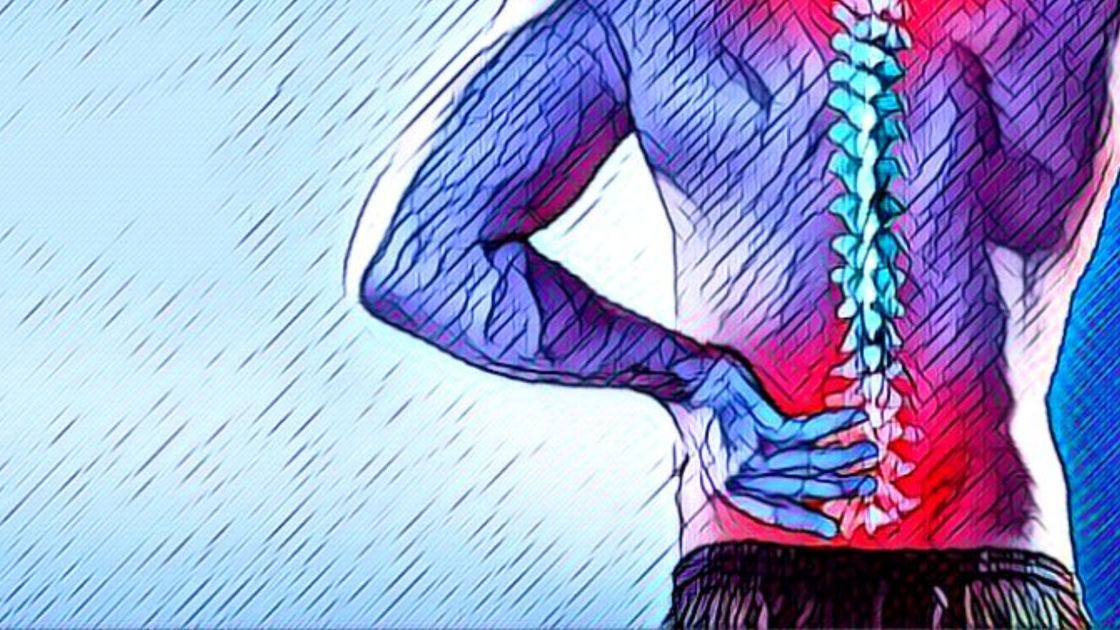Hi there,
Neurotransmitters are chemical messengers that carry a signal between nerve cells. The COMT enzyme helps to break down the neurotransmitters, regulating the amount of neurotransmitter available to send a signal.
Here's where it gets interesting: COMT genetic variants can affect how much of the enzyme is available for breaking down neurotransmitters. One well-known variant is Val158Met. People with a certain form of this variant, the Met/Met genotype, produce less of the COMT enzyme. This means they break down catechol neurotransmitters more slowly, which leaves more neurotransmitters hanging around.
In the case of pain perception, these extra neurotransmitters make certain types of pain receptors more sensitive and send stronger pain signals. Hence, individuals with the Met/Met genotype often have a lower threshold for pain and are at a statistically higher risk of some chronic pain conditions.
As an example, studies show that people with fibromyalgia, a condition causing widespread muscle pain, are more likely to have the lower COMT variant.
But why does COMT function affect only certain types of pain? Researchers have figured out that the increased epinephrine levels due to lower COMT enzyme function can cause certain beta-adrenergic receptors to become activated, interacting with inflammatory cytokines to produce persistent pain and hypersensitivity. Importantly, targeting the inflammatory cytokines can reverse the problem.
When I first started this article on COMT and pain, I thought it would be a simple one: more neurotransmitters = more pain signal.
But... that isn't the whole story. It was a good reminder to me that digging into the mechanism behind a genetic correlation is necessary to find the right solutions.
Wishing you all health and happiness,
Debbie
COMT in Chronic Pain Disorders
New article -- open to non-members for this week only.
Key takeaways:
~ The COMT enzyme is a key factor in the metabolism of neurotransmitters, including those involved in pain sensation.
~ Blocking the COMT enzyme causes chronic pain by sensitizing certain pain receptors and increasing inflammatory cytokines.
~ Polymorphisms in the COMT gene affect how the enzyme works and how sensitive people are to perceiving pain.
~ COMT SNPs affect an individual's pain levels in chronic pain disorders such as fibromyalgia, TMJ, back pain, and IBS.
New on Longevity Lifehacks:
Gum Disease is Linked to Alzheimer’s
A quick article on the new research on why gum disease - or specific oral pathogens - could increase microglial activation in the brain.
What I've been reading:
1. Rewiring cancer drivers to activate apoptosis
This Nature study might just pave the way to curing cancer. To be honest, I don't understand all of it and only the abstract is available to read for free. But, it looks like the researchers have figured out how to target cancer cells to kill themselves through apoptosis.
2. Exercise training and resting blood pressure: a large-scale pairwise and network meta-analysis of randomised controlled trials
Exercise reduces blood pressure, and this paper combines data from 270 randomized controlled trials on the topic. While it looks like all types of exercise cause a small decrease in blood pressure, isometric exercise training was the most effective. Isometric exercises are actions that cause your muscles to tense but not actually move -- squeezing the muscle hard. Examples of isometric exercises are planks, bridges, holding squats, and wall sits.
This pre-print study found the viral SARS-CoV-2 RNA in the bone marrow megakaryocytes (where platelets are made) of patients severely affected by COVID-19. The researchers demonstrated in mice that these infected megakaryocytes encouraged the production of non-neutralizing anti-spike IgG antibodies, which further led to pulmonary thrombosis.





